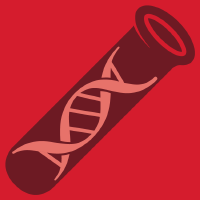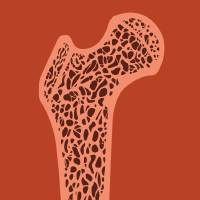Topic Menu
► Topic MenuTopic Editors


Recent Advancement in Biotechnology and Drug Development Using Cutting-Edge Platforms
Topic Information
Dear Colleagues,
This Topic encompasses recent drug, gene and cellular discoveries that aim to revolutionise current ways of delivering effective, personalized and challenging medical therapies. This covers new drugs or the repurposing of old ones, as well as gene therapies, whether edited via CRISPR technology or based on native genes, that induce specialized cellular differentiation and functionalization. The Issue will also cover novel stem-based delivery platforms and ways to target-deliver molecules and genes in complex biological systems. The Issue also aims to explore future potential endeavours and futuristic prospectives on the direction of new inventions in treating uncurable diseases ranging from metabolic symptoms such as diabetes, into more prominent health challenges such as hearing and vision imprairment as well as age-related disorders such as Alzheimer’s Disease and general decline of cognitive functions.
Dr. Hani Al-Salami
Dr. Armin Mooranian
Topic Editors
Keywords
- bio-nanotechnology
- bile acids
- genes
- small molecules
- drugs
- viable cell delivery
- oligonucleutides
- nanoparticles
- implants
Participating Journals
| Journal Name | Impact Factor | CiteScore | Launched Year | First Decision (median) | APC | |
|---|---|---|---|---|---|---|

BioMed
|
- | - | 2021 | 27 Days | CHF 1000 | Submit |

Biomedicines
|
4.7 | 3.7 | 2013 | 15.4 Days | CHF 2600 | Submit |

Osteology
|
- | - | 2021 | 24 Days | CHF 1000 | Submit |

Pharmaceuticals
|
4.6 | 4.7 | 2004 | 14.6 Days | CHF 2900 | Submit |

Pharmaceutics
|
5.4 | 6.9 | 2009 | 14.2 Days | CHF 2900 | Submit |

MDPI Topics is cooperating with Preprints.org and has built a direct connection between MDPI journals and Preprints.org. Authors are encouraged to enjoy the benefits by posting a preprint at Preprints.org prior to publication:
- Immediately share your ideas ahead of publication and establish your research priority;
- Protect your idea from being stolen with this time-stamped preprint article;
- Enhance the exposure and impact of your research;
- Receive feedback from your peers in advance;
- Have it indexed in Web of Science (Preprint Citation Index), Google Scholar, Crossref, SHARE, PrePubMed, Scilit and Europe PMC.

